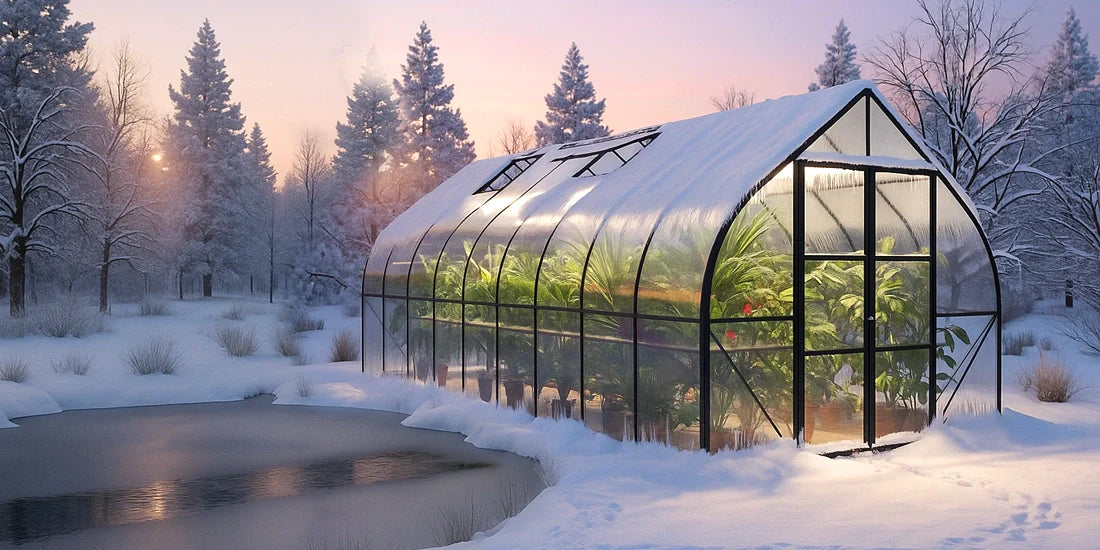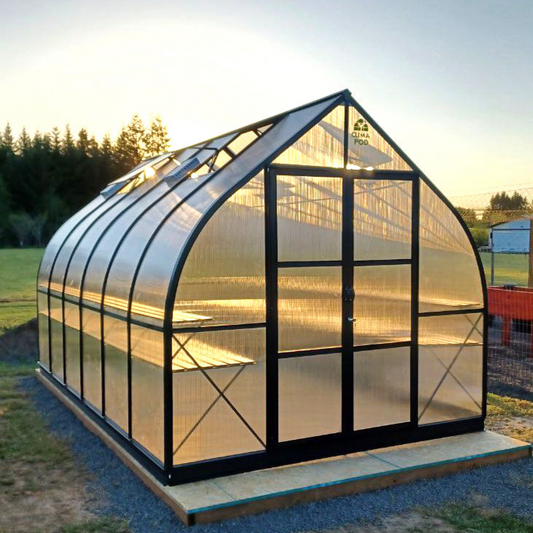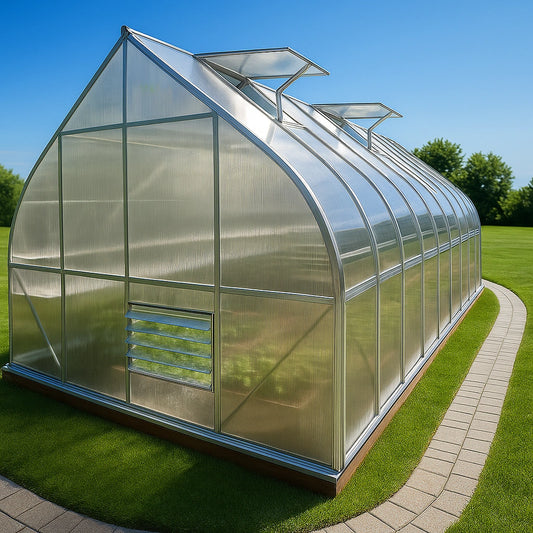
How to Grow Vegetables All Winter Long With Greenhouse Gardening
Why Greenhouse Gardening in Winter Works
With a properly set up greenhouse, you can enjoy fresh, homegrown produce even in the coldest months. While the basics are similar to summertime gardening, a few extra steps help you recreate the warmth and light that nature provides in warmer seasons.
Two Main Greenhouse Methods
Cold Greenhouse Method
This approach relies on the sun’s energy to warm the structure during the day. At night, a small heating element maintains the inside temperature at about 45 °F (7 °C). Plants aren’t actively growing in this setup, they’re essentially “on hold” until you transplant them back outdoors in spring.
Warm Greenhouse Method
To actively grow vegetables through winter, maintain your greenhouse at a minimum of 55 °F (13 °C). This requires a heating unit (gas, electric, or propane) to keep plants thriving.
Choosing the Right Vegetables and Seeds
Almost every vegetable you’d grow outdoors can be grown inside a greenhouse. Check seed catalogs for varieties bred specifically for greenhouse production. Compact or dwarf varieties are excellent choices, as space is at a premium.
How to Hand-Pollinate
Pollinating insects are usually absent in winter greenhouses, so you’ll need to pollinate by hand:
- Tomatoes: Tie plants to bamboo stakes. In the morning and again in the evening, gently shake the stakes to release pollen.
- Watch for flowers with petals bent fully backward, this signals it’s time to pollinate. Tomatoes give you only about three days to pollinate, so check daily.
Lighting, Watering & Fertilizing
- Light: Because winter days are short, use grow lights to provide at least 8 hours of light per day.
- Water: Keep soil evenly moist but not waterlogged.
- Fertilizer: Feed plants regularly with a balanced fertilizer suited to vegetables.
Step-by-Step: Setting Up Your Winter Greenhouse
- Plan Your Space: Measure your greenhouse and map out where each vegetable will grow.
- Install Heating: Choose a reliable heating system (gas, electric, or propane) and set it to at least 55 °F for active growth.
- Add Supplemental Lighting: Position grow lights above your beds or tables for even coverage.
- Prepare Soil or Beds: Use raised beds or containers with high-quality potting mix.
- Select Cold-Hardy & Compact Varieties: Spinach, kale, lettuce, radishes, and dwarf tomatoes are excellent options.
- Plant & Label: Sow seeds or transplant seedlings. Label rows to keep track.
- Pollinate & Maintain: Hand-pollinate flowering plants, water, and fertilize consistently.
- Harvest: Enjoy fresh produce even when snow is on the ground.
Why Winter Greenhouse Gardening Is Worth It
Greenhouse gardening in winter requires a bit more attention, but the rewards are tremendous: walking into your greenhouse on a frosty January morning and picking a vine-ripened tomato or crisp greens is an unbeatable experience.
ClimaPod Greenhouses are designed for easy assembly and maintenance and come in a variety of sizes and packages to fit every home and budget. ClimaPod Winter Greenhouses are here.











